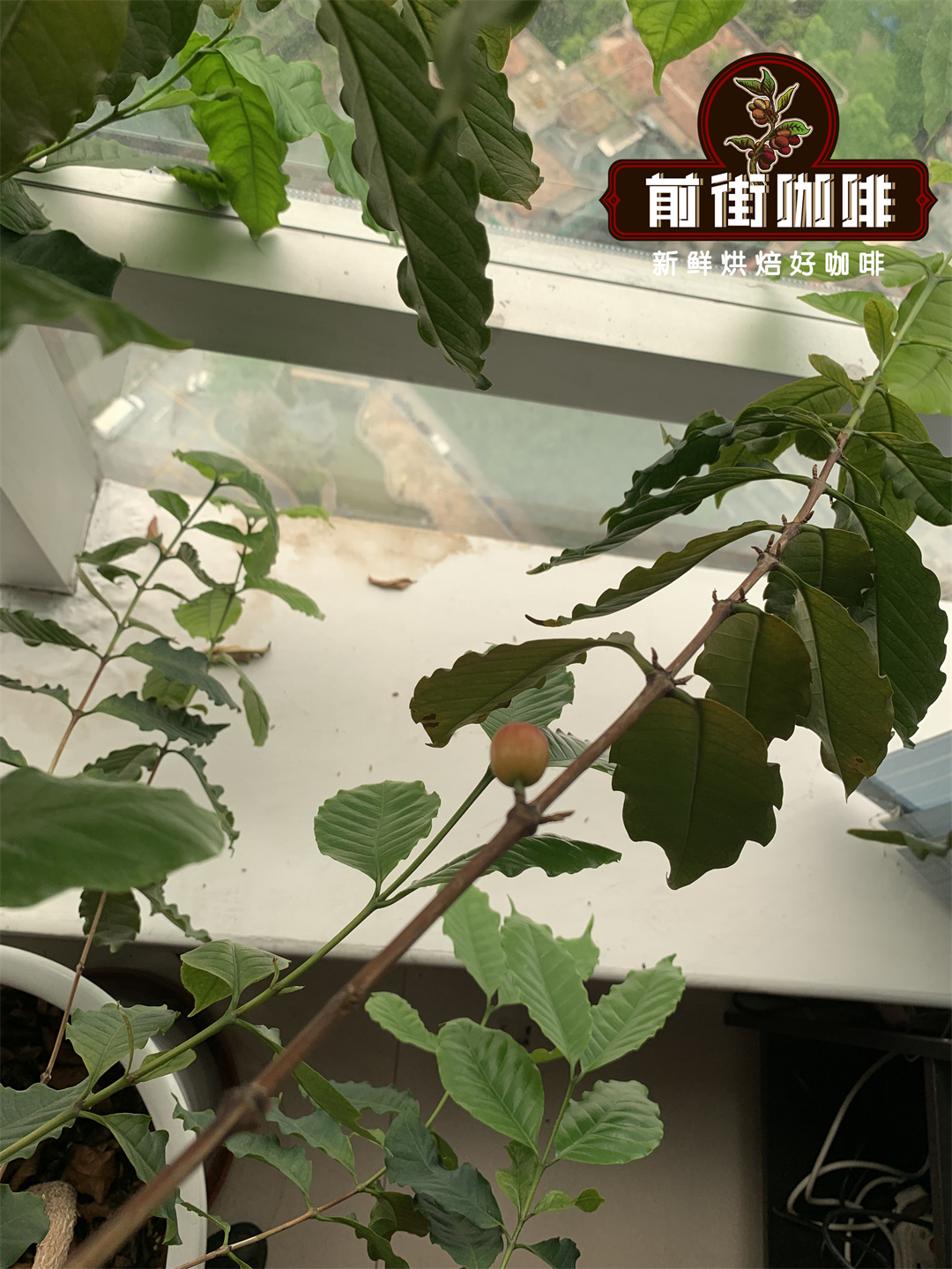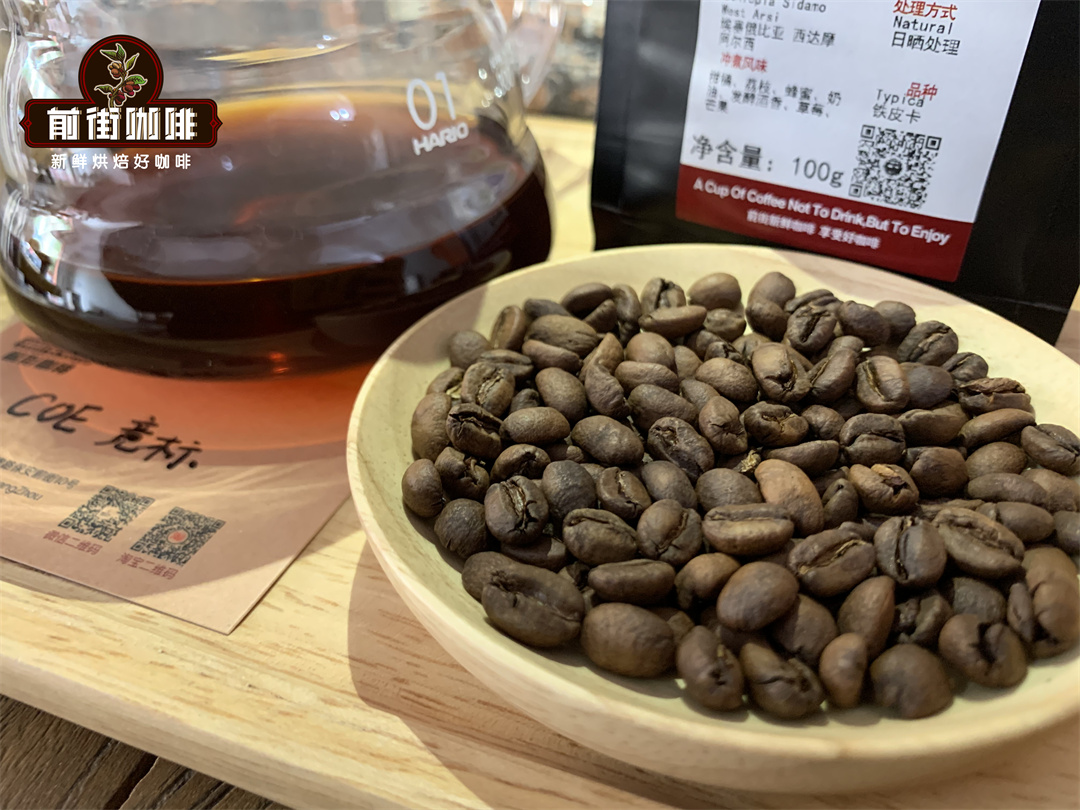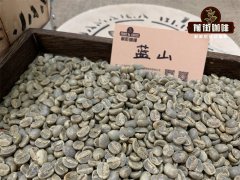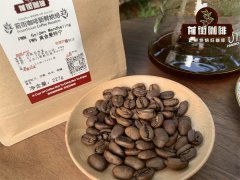What's the difference between Arabica and Robusta? Is Arabica all over the boutique coffee?
Coffee has a long history, and it was not until the third wave of coffee that people had the enthusiasm to explore every step in the production process of a cup of coffee: how farmers grow it, how workers harvest it, how to deal with coffee, and how bean bakers find the most suitable roasting method for this coffee bean.
Beauty from the seed
Coffee originated from a seed, from a white flower and jasmine-like tree, the fruit of the tree will become cherry-like shape, and the center of the fruit is coffee beans.
Botanical Kew Garden in London is responsible for identifying more than 120 different types of coffee, many of them from Madagascar, Asia and Australia. Among these varieties, small fruit coffee (Arabica) and medium fruit coffee (Robusta) are the two main varieties, which are consumed by many people every day, and although there are many other varieties of coffee, so far they have not been proved to be available for mass production.

What is Arabica?
Arabica coffee accounts for about 80% of the world's coffee production. It is native to Ethiopia and usually grows at an altitude of 1000-2300 meters above sea level and is distributed in the "coffee belt" between the tropics and subtropics. The region provides nutrient-rich (usually volcanic) soil, regular rainfall and plenty of sunshine, which are necessary for coffee to grow well.
Arabica needs special care because its coffee trees are vulnerable to diseases and insect pests, such as coffee leaf rust or fungal infections, which cause orange patches on the leaves and affect photosynthesis, causing the leaves to fall and kill the trees, which, if not handled properly, could destroy the entire plantation. Arabica coffee is also vulnerable to pests such as coffee berry beetle (Berry Borer), which lay eggs in coffee cherries and eat flesh after hatching, greatly reducing the quality of coffee.
Despite these obstacles, Arabica coffee tastes smooth and becomes the first choice for consumers compared to Robusta. A cup of Arabica coffee is full of aroma and delicacy, sometimes described as floral, fruity, citrus, clay, cream, chocolate, caramel, honey or sugar. The flavor can also range from sweet to full-bodied, depending on the origin and handling of the coffee.

What is Robusta?
Robusta is a natural variety of West Africa, cultivated in areas with lower elevations and higher temperatures. It basically includes the output of the rest of the world's coffee. Its coffee beans are small and round, but they contain nearly twice as much caffeine as Arabica, and this high caffeine has become a natural insect repellent that helps ward off most pests, making Robusta coffee cheaper and easier to grow. In addition, because brewing brings more crema, Robusta is often used in formula beans.
Although Robusta has its own advantages in quality, it is not a popular coffee. In fact, most coffee lovers reject Robusta, mainly because it is often used in instant coffee or poor-quality formula beans to produce products of lower price and quality. Once roasted and brewed, Robusta's coffee is often described as bitter, sharp and with wood and rubber flavors. Although Robusta is unpopular among most coffee lovers and is not the first choice for mass consumption, it still has its supporters.
Without artificial protection, Robusta will survive in the end.
Gabe Shohet, co-founder of London-based Black Sheep Coffee, is dedicated to providing boutique robusta coffee. The cafe was founded by Shohet and a group of friends who thought they wanted to make very special coffee; they preferred its rich, full-bodied, high-caffeinated properties. Like the name of this coffee shop, they have deviated from the mainstream coffee culture.
However, there are good reasons for Shohet's admiration for Robusta. In his article "Fairness and E-Quality: the case of Robusta," Shohet pointed out that although Robusta's reputation is usually not very good, it should not be blamed on the beans themselves. Robusta usually harvests by machine, which means the coffee will contain rotten and unripe beans, as well as insects and branches and other sundries, this combination is guaranteed to produce a bad cup of coffee.
So Shohet set out to determine what Robusta would taste like if he received the same care and attention as Arabica. After months of trial and error, Shohet and the company came to the world's first boutique Robusta farm. India's Sethuraman Manor, which is responsible for hand-selected, double-washed and scaffolded robusta coffee beans, turns out to be more distinctive than Arabica. This high-caffeinated drink can help people stay energetic throughout the day, with obvious walnut and chocolate flavors.
While Arabica may still be the first choice for consumers, Robusta has begun to prove himself, because what people like Shohet do is for consumers to give it another chance.
Important Notice :
前街咖啡 FrontStreet Coffee has moved to new addredd:
FrontStreet Coffee Address: 315,Donghua East Road,GuangZhou
Tel:020 38364473
- Prev

What's the difference between Arabica coffee varieties and hybrid coffee? will hybrids replace traditional varieties?
Coffee lovers may have heard that most varieties of coffee belong to Arabica, but most varieties of Arabica are nothing more than Tibica, bourbon and related derivatives. Arabica is the most commonly used variety, and the coffee tree is also less resistant to diseases and insect pests. Traditional Arabica varieties, if not lucky, mutate in a natural state.
- Next

How to store coffee correctly at home? What are the requirements for the storage of coffee
Whether you choose traditional coffee, boutique coffee or exotic coffee, it doesn't matter: in all cases, you must know how to store coffee correctly. After all, you definitely want to keep the color, taste and aroma of the coffee, from the first cup to the last cup, don't you? If you have questions about how best to keep coffee beans and powders longer
Related
- What brand of black coffee is the most authentic and delicious? what are the characteristics of the flavor of the authentic Rose Summer Black Coffee?
- Introduction to the principle and characteristics of the correct use of mocha pot A detailed course of mocha pot brewing coffee is described in five steps.
- Which is better, decaf or regular coffee? how is decaf made?
- How much is a bag of four cat coffee?
- How about four Cat Coffee or Nestle Coffee? why is it a cheap scam?
- Which is better, Yunnan four Cats Coffee or Nestle Coffee? How about cat coffee? is it a fake scam? why is it so cheap?
- How about Cat Coffee? what grade is a hoax? which instant coffee tastes better, four Cat Coffee, Nestle Coffee or G7 coffee?
- Process flow chart of coffee making-Starbucks coffee making process what coffee tastes good at Starbucks
- The top ten best coffee beans in the world Rose summer coffee or Tanzanian coffee tastes good
- Yunnan four cat coffee is good to drink?_four cat coffee is a big brand? four cat blue mountain coffee is fake?

